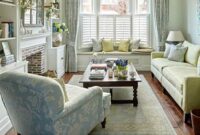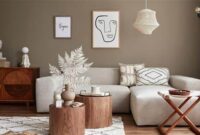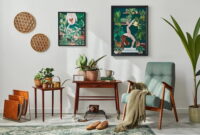jogjadaily.com – In recent years, minimalist interior design has become a popular choice for homeowners seeking simplicity, functionality, and tranquility. This design philosophy focuses on the idea of “less is more,” with clean lines, open spaces, and neutral colors taking center stage. In 2024, the trend shows no signs of slowing down, especially as people prioritize decluttering their homes and creating peaceful environments. In this article, we’ll explore how you can incorporate minimalist interior design into your living spaces and provide practical tips for achieving a clean, modern look.
Table of Contents
ToggleWhat is Minimalist Interior Design?
Minimalist interior design is a design philosophy that emphasizes simplicity, functionality, and an uncluttered environment. The main idea is to focus on the essentials—furniture and decor items that serve a purpose—while eliminating any unnecessary clutter. This design style uses clean, straight lines, a neutral color palette, and minimal decor to create a peaceful, organized space.
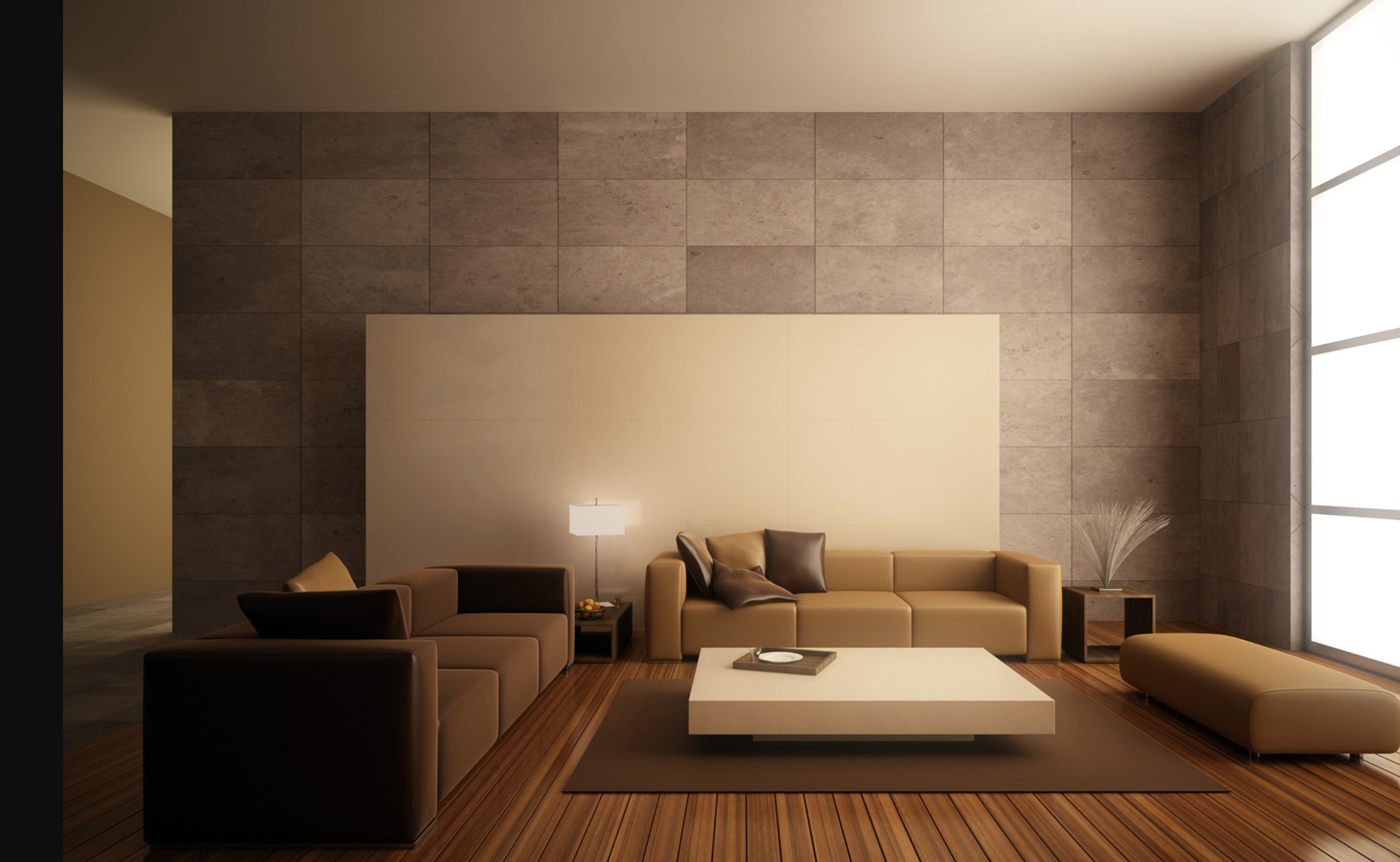
A minimalist home decor often features a limited number of furnishings, carefully selected for their utility and aesthetics. Every item in a minimalist room should have a purpose, whether it’s a sleek piece of furniture or a carefully chosen decorative accent. By removing excess, you allow the remaining elements to shine, resulting in a space that feels calm, open, and balanced.
Benefits of Minimalist Interior Design
The appeal of minimalist interior design lies in its ability to create a serene environment that promotes relaxation and focus. Here are some key benefits of adopting this design style:
- Clarity and Calm: Minimalism eliminates visual clutter, helping to reduce stress and create a calm, organized environment.
- Functional Spaces: The focus on essential furniture and decor ensures that each element serves a purpose, maximizing the functionality of your living space.
- Easy to Maintain: With fewer items in the room, it’s easier to keep your home clean and tidy.
- Timeless Appeal: The simplicity of minimalist interior design makes it a timeless choice that never goes out of style.
- Sustainable Living: Minimalism often encourages people to buy fewer, high-quality items that last longer, promoting a more sustainable approach to home decor.
Creating a Minimalist Living Room
If you’re looking for how to create a minimalist interior design for a small living room, focus on simplicity and functionality. Start by decluttering the space, removing any unnecessary furniture or decor. Opt for a few key pieces of furniture, like a modern sofa and a sleek coffee table with clean lines. These items should be neutral in color, such as white, beige, or gray, to maintain a serene, cohesive look.
In a minimalist living room, it’s crucial to focus on open space. Avoid overcrowding the room with furniture; instead, choose pieces that have multiple functions. For example, a coffee table with built-in storage can help keep the room organized while maintaining the minimalist home decor aesthetic.
Lighting plays a critical role in minimalist interior design. Use natural light as much as possible, and keep window treatments simple. A large window with sheer curtains can brighten up the room and make it feel more open. If additional lighting is needed, opt for sleek, modern fixtures that complement the minimalist vibe.
Minimalist Furniture: Focus on Functionality
Minimalist furniture is designed with simplicity and practicality in mind. Choose pieces that are both functional and aesthetically pleasing. Look for items with clean lines and neutral colors that blend seamlessly with the rest of the space. For example, a low-profile, neutral-colored sofa can serve as a focal point without overwhelming the room.
Storage is another important element in minimalist interior design. Hidden storage solutions, such as built-in cabinets or storage ottomans, can help keep clutter out of sight, maintaining the clean, uncluttered look of the space.
When selecting furniture, prioritize quality over quantity. Minimalist interior design encourages you to invest in a few high-quality pieces that will stand the test of time, rather than filling the room with numerous, less durable items. This approach is not only practical but also aligns with the sustainable living aspect of minimalism.
How to Use a Neutral Color Palette in Minimalist Interior Design
One of the hallmarks of minimalist interior design is the use of a neutral color palette. Shades of white, beige, gray, and soft pastels dominate this style, creating a calm and serene atmosphere. Using a neutral color palette decor ensures that the space feels open, airy, and cohesive.
To prevent the space from feeling too sterile or cold, incorporate different textures. For example, pair a linen sofa with a wool rug or a leather chair with a wooden coffee table. These textures add depth and warmth to the space without detracting from the minimalist aesthetic.
If you prefer a bit more color, consider adding subtle accents through accessories like cushions, throws, or artwork. Stick to muted tones that complement the overall neutral color scheme. For instance, soft blush or light sage green can add a touch of color without overwhelming the minimalist vibe.
Minimalist Bedroom Design: A Calm and Peaceful Space
A minimalist bedroom design is all about creating a calm and restful environment. Start with a neutral color palette for the walls, bedding, and furniture. Use simple, functional furniture like a platform bed and a sleek nightstand. As with other areas of the home, storage is essential in a minimalist bedroom. Choose a bed with built-in storage or invest in under-bed storage containers to keep the room clutter-free.
When it comes to decor, less is more. A single piece of artwork or a few carefully chosen decorative items can add personality to the room without making it feel cluttered. Keep surfaces like nightstands and dressers clear of excess items to maintain the clean, organized look typical of minimalist interior design.
Incorporating natural light into the bedroom is also important. Opt for light, airy curtains that allow sunlight to filter into the room, creating a bright and inviting space.
Scandinavian Minimalist Design: Cozy and Functional
Scandinavian minimalist design is a popular subset of minimalism that combines simplicity with warmth. Known for its use of light colors, natural materials, and cozy textiles, this style creates a welcoming yet uncluttered environment.
To achieve a Scandinavian minimalist design look, focus on functionality and comfort. Choose furniture that is both practical and comfortable, such as a plush sofa with clean lines or a wooden dining table with simple chairs. Incorporate natural elements like wood, wool, and leather to add warmth and texture to the space.
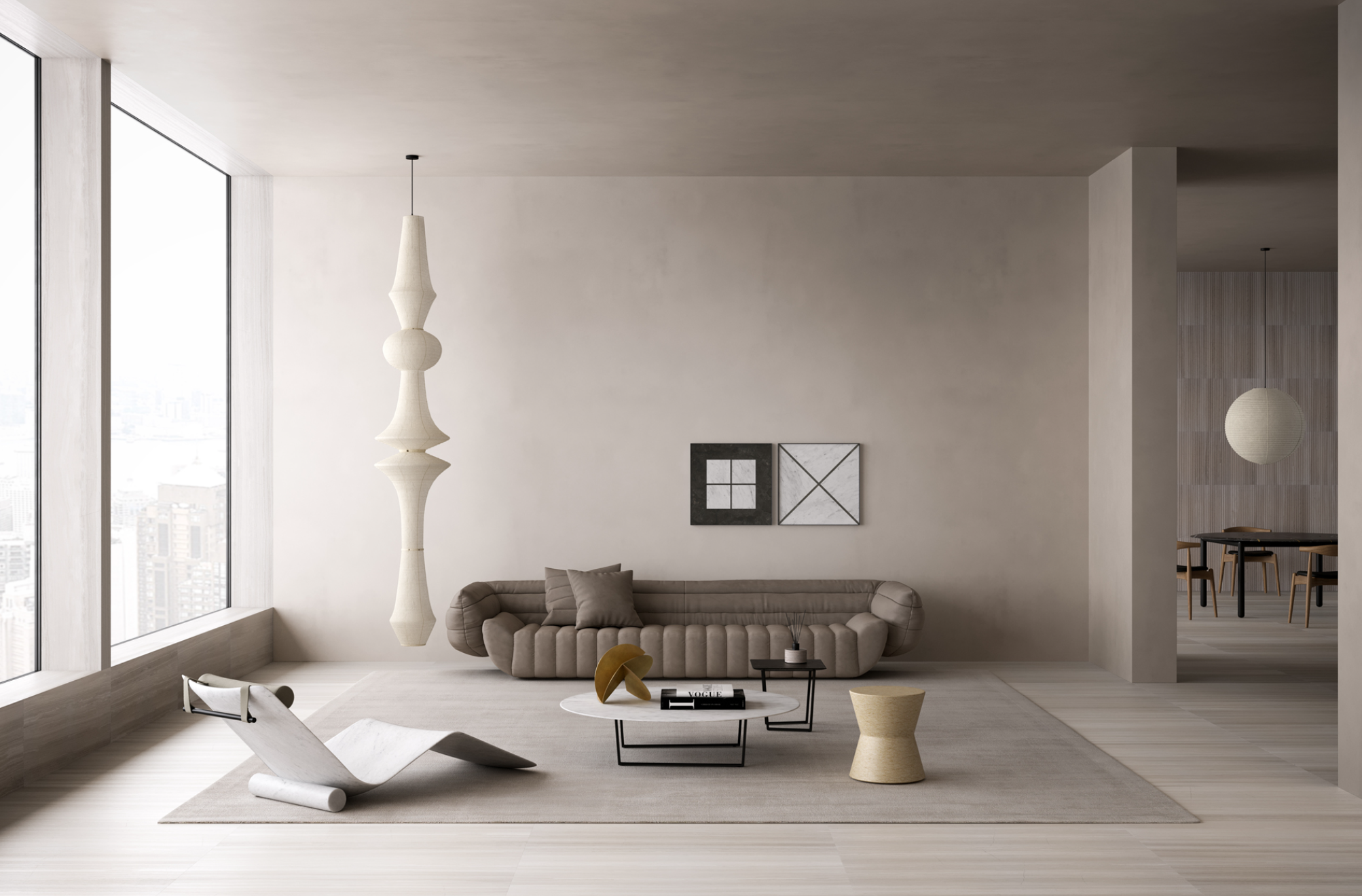
Lighting is also a crucial aspect of Scandinavian minimalist design. Use soft, ambient lighting to create a cozy atmosphere, and consider adding candles or small lamps for a warm, inviting glow.
Simple Home Decor Ideas to Achieve a Minimalist Look
If you’re looking for simple home decor ideas to achieve a minimalist look, start by decluttering your space. Remove any unnecessary items and focus on keeping surfaces clear. Choose a few well-placed decorative items, such as a sleek vase or a piece of modern artwork, to add interest without overwhelming the space.
When selecting decor, stick to a neutral color palette and simple shapes. Avoid overly ornate or intricate items, as these can detract from the clean, minimalist aesthetic. Instead, opt for decor that complements the overall design of the room and serves a functional purpose.
Modern Minimalist Design Trends for Open Spaces
Modern minimalist design trends for open spaces are all about creating a seamless flow between different areas of the home. In an open-plan living space, for example, use furniture and decor to define different areas while maintaining a cohesive look. Stick to a neutral color palette and choose furniture that complements the minimalist aesthetic.
To keep the space feeling open and airy, avoid overcrowding the room with furniture. Instead, opt for a few well-chosen pieces that serve multiple functions. For example, a large sectional sofa can define the living area while providing ample seating.
Affordable Minimalist Interior Design Ideas for Small Apartments
If you’re decorating on a budget, there are plenty of affordable minimalist interior design ideas for small apartments. Start by focusing on multi-functional furniture that maximizes your space. A sofa bed, for example, can serve as both seating and a sleeping area, making it perfect for small spaces.
In terms of decor, less is more. Choose a few key pieces that add personality to your space without overwhelming it. Simple, affordable items like a minimalist wall clock or a sleek floor lamp can make a big impact without breaking the bank.
In conclusion, minimalist interior design is a timeless and versatile style that promotes simplicity, functionality, and serenity. Whether you’re working with a small space or a large open-plan home, these design principles can help you create a clutter-free, modern living environment. By focusing on essential furniture, neutral colors, and clean lines, you can achieve a minimalist home decor that feels both stylish and peaceful.
